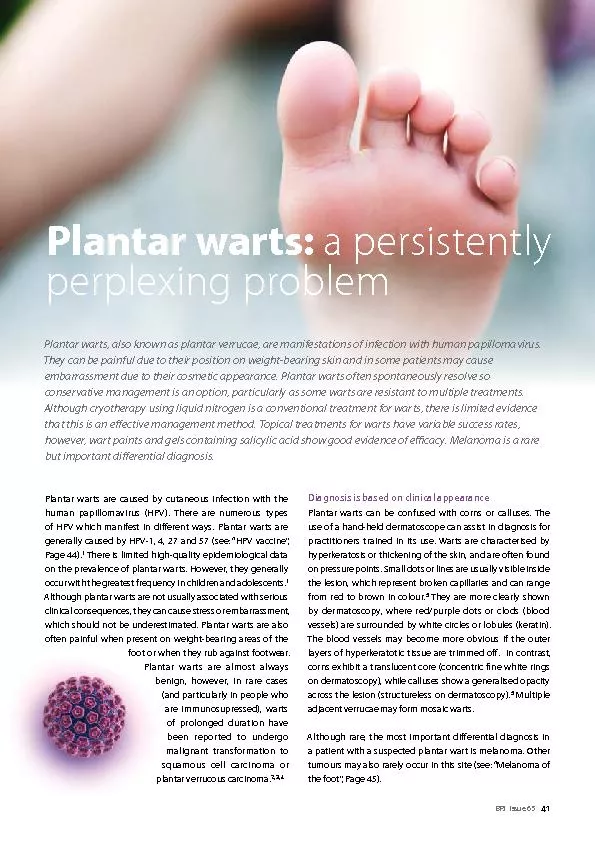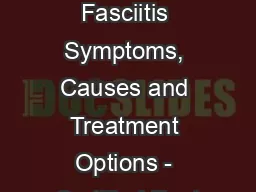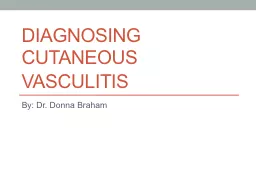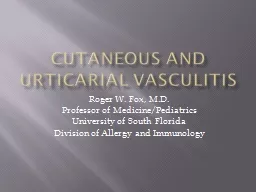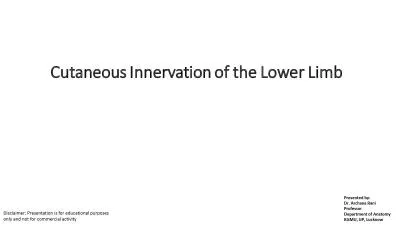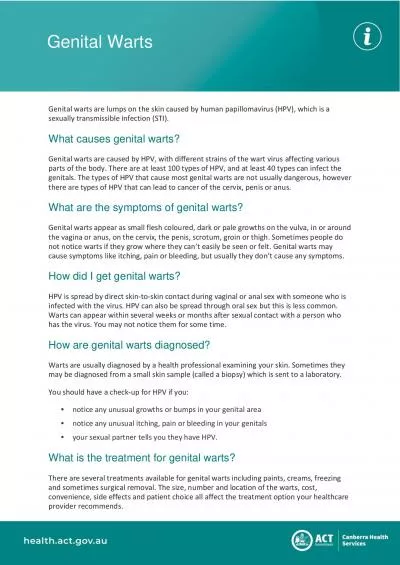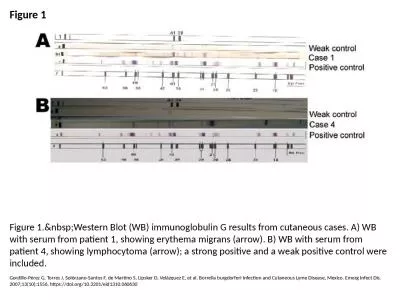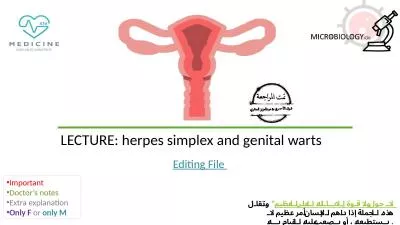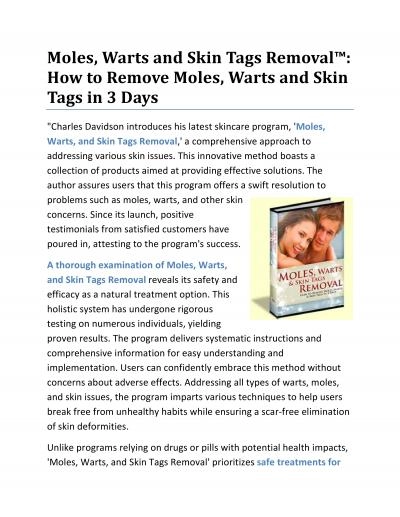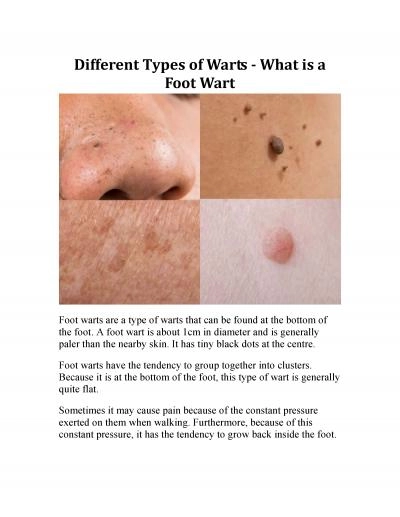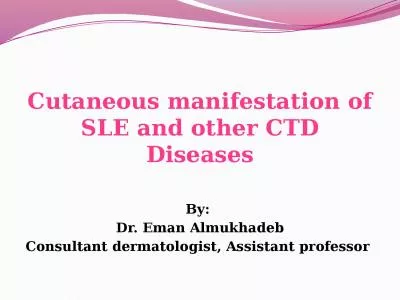PDF-Plantar warts are caused by cutaneous infection with the human papillo
Author : jane-oiler | Published Date : 2016-08-23
BPJ BPJ Prevention of transmissionHPV is transmitted by skin contact or contact with surfaces touched by other people with the virus HPV can be present for weeks
Presentation Embed Code
Download Presentation
Download Presentation The PPT/PDF document "Plantar warts are caused by cutaneous in..." is the property of its rightful owner. Permission is granted to download and print the materials on this website for personal, non-commercial use only, and to display it on your personal computer provided you do not modify the materials and that you retain all copyright notices contained in the materials. By downloading content from our website, you accept the terms of this agreement.
Plantar warts are caused by cutaneous infection with the human papillo: Transcript
Download Rules Of Document
"Plantar warts are caused by cutaneous infection with the human papillo"The content belongs to its owner. You may download and print it for personal use, without modification, and keep all copyright notices. By downloading, you agree to these terms.
Related Documents

